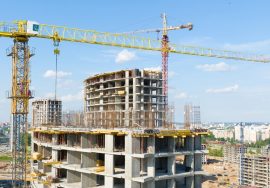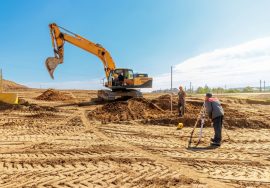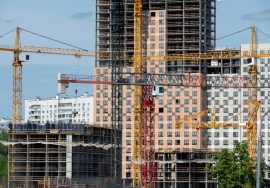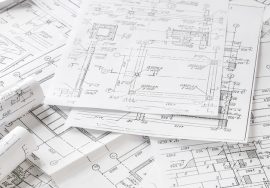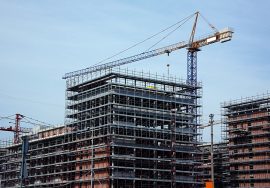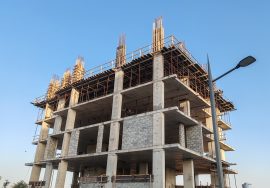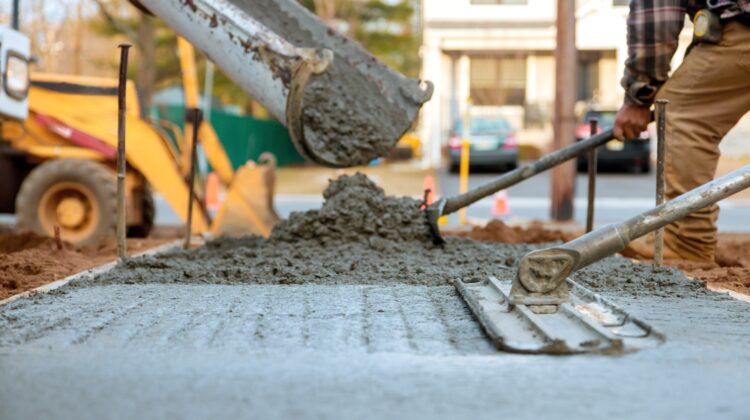
Net-Zero Carbon Buildings: The Future of Sustainable Construction
Net-Zero Carbon Buildings: Transforming the Construction Industry
As climate change accelerates, the construction industry stands at the forefront of global sustainability efforts. One of the most powerful solutions emerging today is the rise of net-zero carbon buildings—structures designed to balance the carbon they emit with the carbon they eliminate or offset. These buildings are redefining modern construction by merging innovation, energy efficiency, and environmental responsibility.
Explores the concept, importance, and strategies behind net-zero carbon buildings, highlighting how they are shaping a greener and more sustainable future.
What Are Net-Zero Carbon Buildings?
Net-zero carbon buildings are designed to emit zero net carbon dioxide throughout their entire lifecycle—from construction and operation to eventual demolition. This balance is achieved by minimizing energy use, sourcing renewable energy, and offsetting any remaining emissions.
In essence, net-zero carbon buildings produce as much renewable energy as they consume, ensuring that their overall carbon footprint is neutral. These buildings go beyond energy efficiency—they actively contribute to climate action.
Why Net-Zero Carbon Buildings Matter
The building and construction sector contributes nearly 40% of total global greenhouse gas emissions. With urbanization rapidly increasing, net-zero carbon buildings are no longer optional—they are vital for achieving global and national climate goals.
In India, the government’s commitment to achieving net-zero emissions by 2070 has placed net-zero carbon buildings at the heart of sustainable urban development. These buildings not only reduce environmental impact but also lower operating costs, improve occupant health, and increase long-term property value.
Key Features of Net-Zero Carbon Buildings
1. Energy Efficiency
Energy-efficient architecture is the cornerstone of net-zero carbon buildings. Techniques such as passive design, high-quality insulation, LED lighting, and advanced HVAC systems help reduce energy consumption significantly.
2. Renewable Energy Integration
To offset the remaining energy use, net-zero carbon buildings rely on renewable energy sources such as solar, wind, or geothermal systems. On-site solar panels or grid-connected green energy ensure carbon neutrality throughout the year.
3. Sustainable Materials
Using low-carbon building materials like bamboo, recycled concrete, and eco-friendly insulation helps reduce embodied carbon emissions. Material selection plays a major role in achieving net-zero carbon building targets.
4. Smart Building Technologies
Technologies like Building Information Modeling (BIM), IoT sensors, and AI-based monitoring systems optimize energy use and performance. These innovations make net-zero carbon buildings both intelligent and efficient.
5. Carbon Offsetting
Even after implementing all sustainable measures, some emissions may remain. These can be offset through tree plantation, renewable energy investments, or carbon credit purchases—ensuring a true net-zero carbon status.
India’s Progress Toward Net-Zero Carbon Buildings
India is witnessing a growing number of net-zero carbon buildings, thanks to initiatives like the Indian Green Building Council (IGBC) and LEED India certifications. These programs promote energy-efficient design, renewable energy adoption, and sustainable material use.
You can learn more about national efforts and certifications on IGBC India’s website.
The Energy Conservation Building Code (ECBC) also provides guidelines for designing energy-efficient buildings that contribute to India’s broader net-zero carbon vision.
Benefits of Net-Zero Carbon Buildings
-
Reduced Energy Costs: Lower dependency on fossil fuels leads to significant long-term savings.
-
Environmental Protection: Eliminating emissions contributes directly to global climate goals.
-
Improved Health & Comfort: Better indoor air quality and temperature regulation enhance well-being.
-
Enhanced Property Value: Sustainability certifications increase real estate demand and market value.
-
Corporate Sustainability Compliance: Businesses meet ESG and green policy requirements.
Challenges and Future Outlook
Implementing net-zero carbon involves challenges such as higher initial investment, limited skilled workforce, and lack of awareness. However, the long-term environmental and economic benefits far outweigh these challenges.
With technological advancements, supportive government policies, and corporate commitments, net-zero carbon are set to become the standard for future construction projects in India and worldwide.
To explore sustainable building solutions for your next project, connect with AMS India — leaders in green and energy-efficient construction practices.
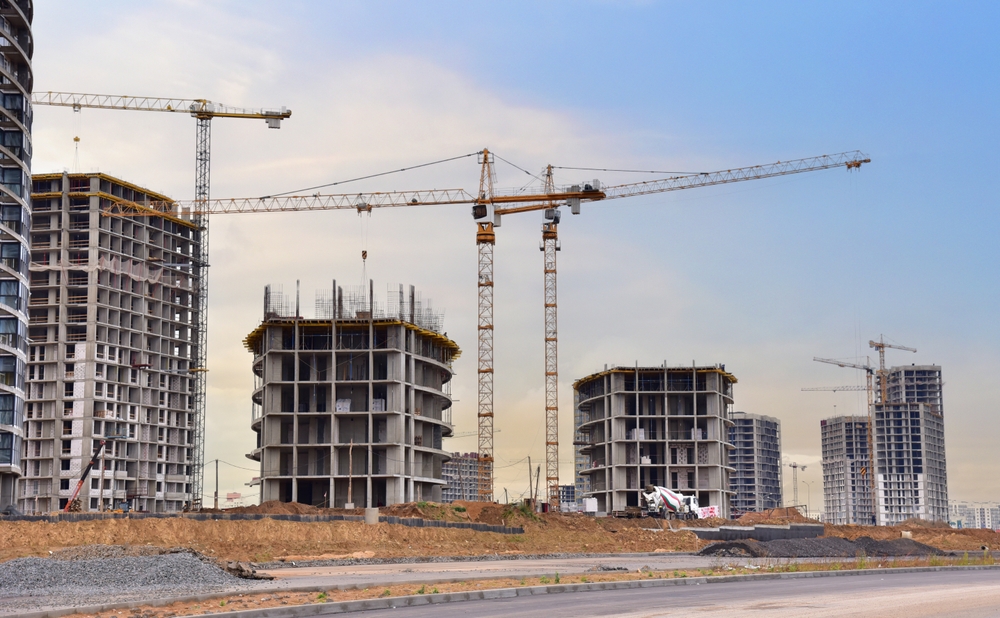
Conclusion: Building a Net-Zero Future
Net-zero carbon represent the future of sustainable urban development. They prove that environmental responsibility and economic growth can go hand in hand.
By investing in energy efficiency, renewable power, and smart design, we can transform the way buildings impact our planet—one sustainable structure at a time. Together, we can build a carbon-free tomorrow.
Read more related articles to enhance your knowledge and make informed decisions
Cost-Effective Modular Construction: Fast, and Sustainable Building Solutions
Smart Modular Buildings: Innovative, Efficient, and Sustainable Construction

